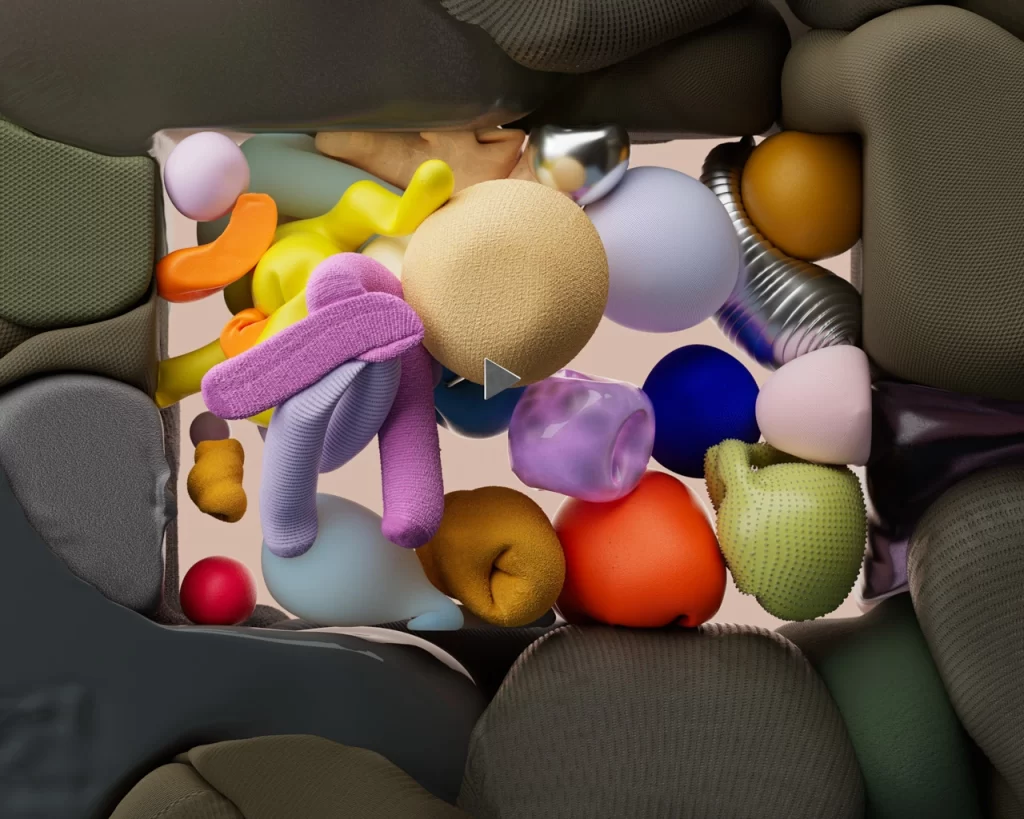Non-Toxic Construction Materials: Declare Red List Free Wood Wool Panels

Emphasizing Health in Building Materials
Understanding Declare Red List Free Certification
Declare labels serve as a “nutrition label” for building products, specifying their contents and ecological impact. Wood wool panels that are Declare Red List Free are certified to be free from harmful chemicals banned by the International Living Future Institute (ILFI). This ensures that they do not contain any of the worst in class materials pervasive in the building industry, ranging from carcinogens to reproductive toxins¹.
Benefits of Using Declare Red List Free Materials
Using materials that are Declare Red List Free promotes healthier indoor environments. These wood wool panels contribute significantly to indoor air quality by minimising occupants’ exposure to toxic chemicals².

Advancements in Material Safety and Compliance
Striving for Material Purity
Wood wool panels achieving Declare Red List Free status undergo stringent testing and evaluation to verify that they are free of harmful chemicals. This process ensures that all components, from the sourced wood fibers to the binders, are non-toxic and safe for both the environment and human health³.
Compliance with International Standards
Manufacturers of these panels work closely with regulatory bodies to align their products with international safety standards, thus facilitating broader acceptance and use in eco-conscious projects⁴.

Impact on Construction and User Experience
Enhancing Building Durability
Non-toxic wood wool panels contribute to the overall durability of buildings. They are resistant to mold and mildew, which can degrade building materials and adversely affect structural integrity over time⁵.
Improving User Comfort and Satisfaction
Buildings that incorporate Declare Red List Free wood wool panels offer improved comfort for occupants. These materials help regulate indoor temperatures and reduce noise levels, creating a more pleasant and productive environment⁶.
Increasing Property Value
Properties that feature sustainable and non-toxic building materials like Declare Red List Free wood wool panels often enjoy higher market values. Buyers are increasingly willing to invest in properties that promote health and environmental stewardship⁷.
Challenges and Future Prospects
Overcoming Market and Technical Challenges
The transition to non-toxic building materials involves overcoming both market acceptance and technical performance challenges. Manufacturers must ensure that their non-toxic panels meet the same functional standards as conventional materials, which requires continuous innovation and improvement⁸.
The Future of Non-Toxic Building Materials
As awareness and demand for healthier building materials grow, the development of non-toxic alternatives like Declare Red List Free wood wool panels is expected to accelerate. This trend is driven by consumer demand, regulatory changes, and an overall shift towards sustainability in the construction industry⁹.

References
- International Living Future Institute. (2022). Declare and Red List. International Living Future Institute.
- Healthy Building Network. (2021). The Case for Healthier Building Materials. Healthy Building Network.
- Journal of Cleaner Production. (2022). Evaluating the Health Impact of Building Materials. ScienceDirect.
- Global Green Building Materials. (2023). Safety Standards in Eco-Friendly Construction. Global Green Building Materials.
- U.S. Green Building Council. (2023). LEED v4.1 for Building Design and Construction. U.S. Green Building Council.
- WELL Building Institute. (2021). WELL Building Standard. WELL Building Institute.
- Sustainable Material Technologies. (2022). Challenges in Developing Non-Toxic Building Materials. Sustainable Material Technologies.
- Construction Industry Trends. (2023, February). Adapting to Health and Safety Standards. Construction Industry Trends.
- Material Innovations Lab. (2022, July). Advancements in Material Health for Construction. Material Innovations Lab.
Share